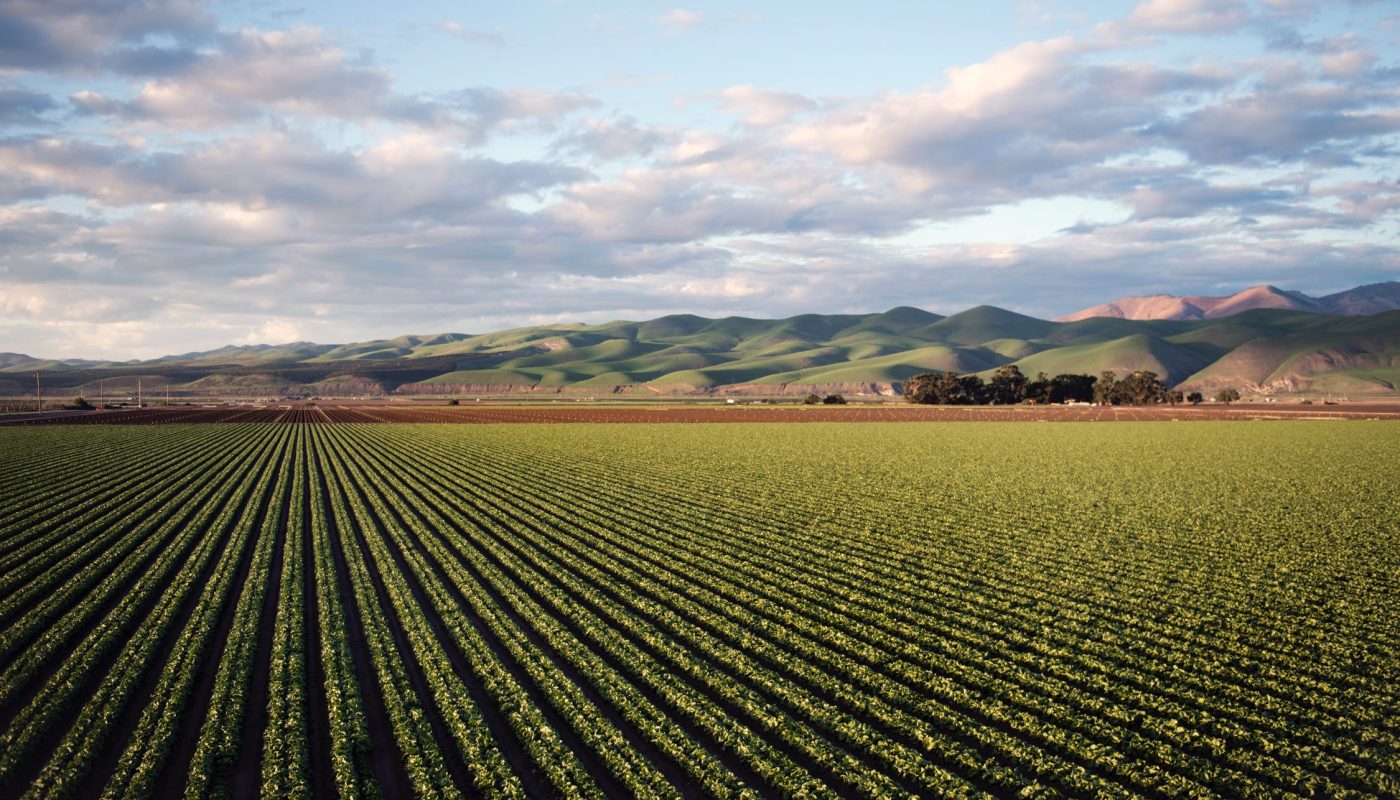What’s your diet’s carbon footprint?
Switching to a plant-based diet can help fight climate change, according to a major report by the UN’s Intergovernmental Panel on Climate Change (IPCC). But what is the difference between beef and chicken? Does a bowl of rice produce more climate-warming greenhouse gases than a plate of chips? Is wine more environmentally friendly than beer?
Food production is responsible for a quarter of all greenhouse gas emissions, contributing to global warming, according to a University of Oxford study. However, the researchers found that the environmental impact of different foods varies hugely. Their findings showed that meat and other animal products are responsible for more than half of food-related greenhouse gas emissions, despite providing only a fifth of the calories we eat and drink.
Of all the products analyzed in the study, beef and lamb were found to have by far the most damaging effect on the environment.
How much impact does food have?

Source: Poore & Nemeck (2018), Science
When it comes to our diets, the IPCC says we need to buy less meat, milk, cheese, and butter – but also eat more locally sourced seasonal food, and throw less of it away. Cutting meat and dairy products from your diet could reduce an individual’s carbon footprint from food by two-thirds.
“What we eat is one of the most powerful drivers behind most of the world’s major environmental issues, whether it’s climate change or biodiversity loss,” study researcher Joseph Poore told BBC News.
Changing your diet can make a big difference to your personal environmental footprint, from saving water to reducing pollution and the loss of forests, he said.
“It reduces the amount of land required to produce your food by about 75% – that’s a huge reduction, particularly if you scale that up globally,” Poore explained.

Source: Poore & Nemeck (2018), Science
Knowing how and where your food is produced is also important, as the same food can have huge differences in environmental impact. For example, beef cattle raised on deforested land is responsible for 12 times more greenhouse gas emissions than cows reared on natural pastures.

Source: Own picture
The average beef from South America results in three times the amount of greenhouse gases as beef produced in Europe – and uses 10 times as much land.
The impact of beef is highest in Latin America

Source: Joseph Poore (Oxford University)
Meat and dairy are not the only foods where the choices you make can make a big difference. Chocolate and coffee originating from deforested rainforest produce relatively high greenhouse gases.
For climate-friendly tomatoes, choose those grown outdoors or in high-tech greenhouses, instead of in greenhouses heated by gas or oil. Environmentally-minded beer-drinkers may be interested to know that draught beer is responsible for fewer emissions than recyclable cans, or worse, glass bottles. Even the most climate-friendly meat options still produce more greenhouse gases than vegetarian protein sources, like beans or nuts.
Food Waste in the Future
According to a prediction of Pan-European scenarios of food waste levels (2019), the predicted food waste for the EU 28, considering the current national values for GDP per capita and higher education level amounts to about 21,851,353 tons per year.

Source: Estimated FW per household per week in the EU, Pan-European food waste levels
Wasted food isn’t just a social or humanitarian concern—it’s an environmental one. This is an issue we must collectively tackle. Reducing food waste has many benefits:
- Saves money from buying less food.
- Reduces methane emissions from landfills and lowers your carbon footprint.
- Conserves energy and resources, preventing pollution involved in the growing, manufacturing, transporting, and selling food (not to mention hauling the food waste and then landfilling it).
- Supports your community by providing donated untouched food that would have otherwise gone to waste to those who might not have a steady food supply.
If you are interested in learning more about food waste, check out my latest blog post:




I LOVE your posts, keep sharing!